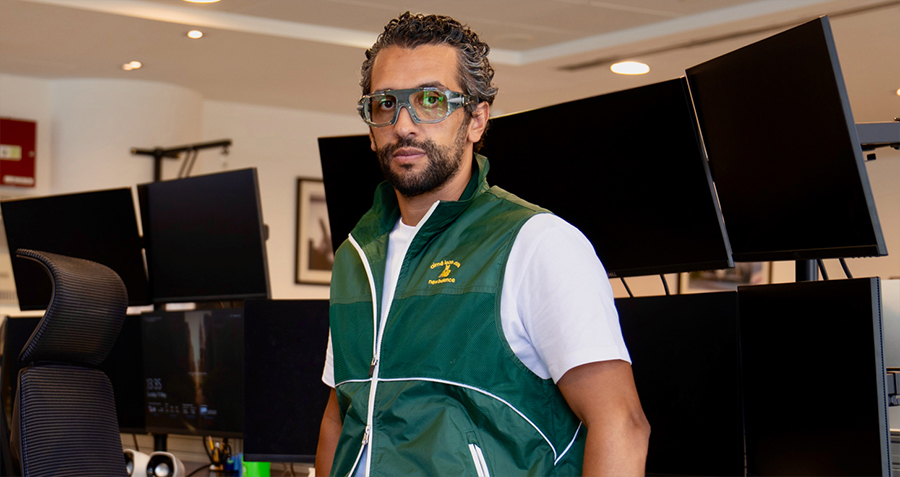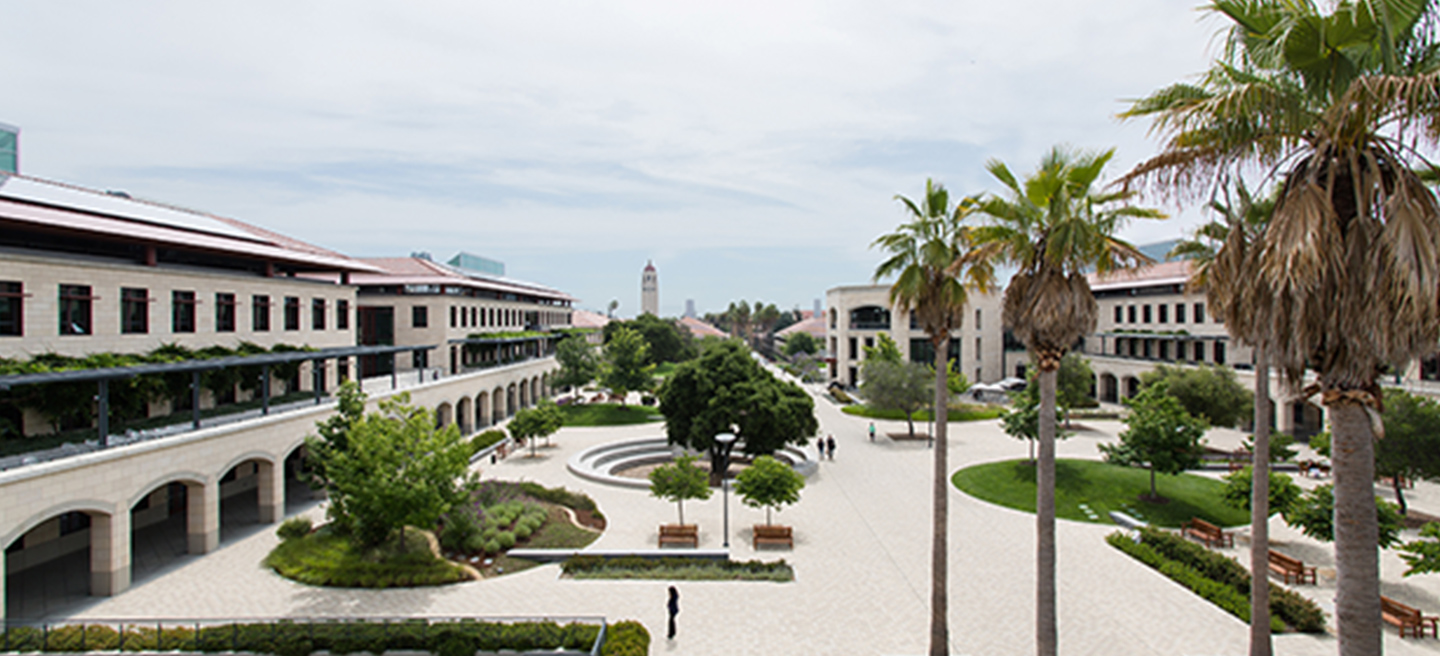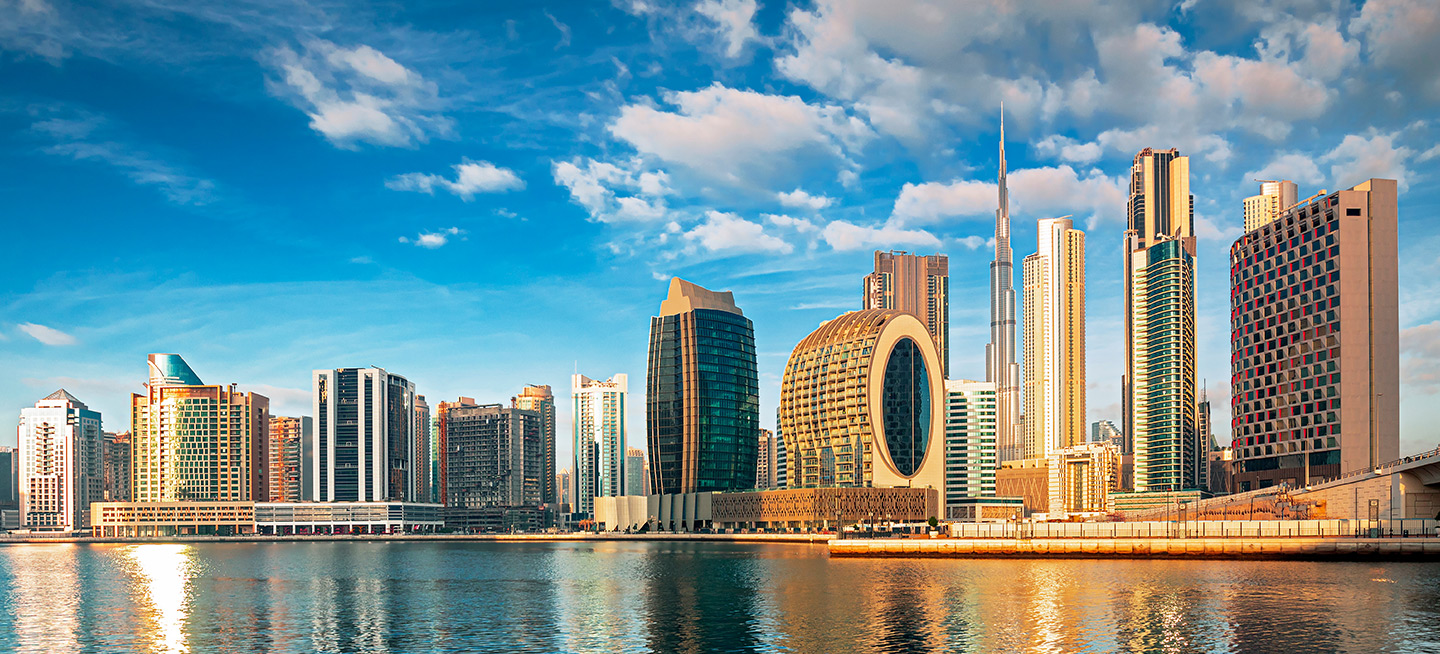When Japanese automakers first entered the U.S. market in the 1980s, they faced quotas and trade barriers similar to those that Chinese EV makers confront today. But according to John Paul MacDuffie, a professor of management at the Wharton School of the University of Pennsylvania, today’s situation presents a far more complex technological and geopolitical picture.
“What’s shocking to the rest of the world isn’t just that China has a lot of electric vehicles – it’s how good they are,” says MacDuffie. “The Chinese advantage in batteries, for instance, hasn’t only been about first-mover advantage or low cost or government subsidies. There’s also been impressive innovation.”
This innovation extends far beyond batteries. MacDuffie points to a recent analysis that found BYD’s structural components are significantly lighter than those used by traditional automakers, offering advantages in range and efficiency. “A lot of focus goes on batteries and electric motors, but EVs actually require rethinking everything in the car,” he explains.
The current wave of tariffs – up to 100% in the U.S. and 35% in Europe – presents policymakers with a dilemma: how to balance protecting domestic industries while maintaining the pace of innovation needed to address climate change. “I’m torn,” MacDuffie admits. “I do think it’s sensible for the U.S. to give its own industry time to catch up. But if the U.S. industry were to think they have 20 years of protection from Chinese competition, that would lead to complacency and slower investment.”
The challenge extends beyond simple trade policy. MacDuffie points to the extraordinary transformation in China’s automotive sector, where companies like BYD evolved from making batteries for mobile phones to producing some of the world’s most advanced electric vehicles in just two decades. This rapid evolution challenges conventional wisdom about how automotive expertise develops.
“In the traditional automotive space, China wasn’t winning any exports,” MacDuffie notes. “Then at some point they decided to leapfrog and focus on electric vehicles. The rest of the world was, for various reasons, not doing much with EVs yet. Well, then, over about a decade, China went from being way behind to being way ahead.”
This technological leapfrogging has created an uncomfortable reality for Western automakers. Traditional manufacturers face what MacDuffie calls a “catch-22” situation: they need time and protection to develop competitive electric vehicle capabilities, but too much protection might actually slow their progress.
The situation is further complicated by the integrated nature of global supply chains. “You can’t just look at the final assembly,” MacDuffie explains. “The supply chain, of course, is big, complex, with lots of different parts, and some of those are constantly moving based on both cost factors and logistics factors.”
The dilemma becomes particularly acute when considering vertical integration. Both Tesla and BYD have shown that the fastest path to success in electric vehicles involves controlling much of the supply chain – from batteries to motors to key components. Western manufacturers, long accustomed to complex supplier networks, must now decide whether to make similar investments while under tariff protection.
This raises thorny questions about the nature and duration of protection needed. Simply shielding final assembly with tariffs may not be enough if the goal is to develop a complete domestic EV ecosystem. Yet the more comprehensive the protection, the greater the risk of slowing innovation and raising costs for consumers.
The stakes are particularly high given the climate implications. “For many good reasons, including national interest, national defense, avoiding over-dependence, it wouldn’t be a very viable strategy to rely completely on Chinese EVs,” MacDuffie acknowledges. “But we also have to recognize that any delay in EV adoption has real environmental costs.”
The solution, MacDuffie suggests, might lie in more targeted forms of industrial policy. Rather than blanket tariffs, he points to the potential of focused investments in key technologies and capabilities, combined with time-limited protection that includes clear benchmarks for progress. “The question isn’t just whether to protect,” he argues, “but how to protect in a way that accelerates rather than impedes development.”
This approach would require a degree of policy sophistication that has often been lacking in trade disputes. But as MacDuffie points out, the alternative – a prolonged trade war that slows both innovation and EV adoption – serves neither economic nor environmental interests.
Strategic Options for Chinese EV Makers
For Chinese automakers facing steep Western tariffs, MacDuffie sees several viable paths forward, drawing parallels with how Japanese manufacturers successfully navigated similar barriers in the 1980s. “These Chinese companies are at the early stages of globalizing their operations, not just their sales,” MacDuffie explains. “Even though we’ve seen examples of it from virtually every incumbent automaker, we know it’s not automatically a fast or easy process.”
For Europe, Chinese manufacturers are pursuing a comprehensive continental strategy. BYD’s plant in Hungary, Chery’s joint venture facility in Spain, and BYD’s $1 billion investment in Turkey demonstrate both the scale and sophistication of this approach. “As part of a global strategy, it would make sense for Chinese manufacturers to find a foothold in Eastern Europe,” MacDuffie notes. “But we’re seeing them move beyond that to establish a presence across the continent.”
The Turkish investment is particularly strategic, as the country’s customs union agreement with the EU means vehicles produced there can enter European markets tariff-free. Similarly, plants in EU member states like Hungary provide both manufacturing advantages and barrier-free access to the European market. “The pattern we’re seeing is similar to how Japanese manufacturers expanded their European production footprint in the 1980s and 1990s,” MacDuffie observes, “but the pace of announcements and investments is much faster.”
One promising approach involves what MacDuffie calls “regionalization” rather than pure globalization. “China has been a low-cost producer for a long time, but what has happened is, in the US, lower-cost vehicles and production come from Mexico. In Europe, they come from Eastern Europe. And in Asia, they come from China, and to some degree, from Thailand and increasingly, Vietnam.”
This suggests a three-pronged regional approach: For Europe, Eastern European countries offer particularly attractive manufacturing locations. For North America, Mexico remains appealing despite Trump’s threats of 200% tariffs on Chinese-owned plants there. “While being in Mexico, they could sell into the Latin American market, which they’ve already started to do,” MacDuffie notes. “They could be basically well positioned if the political environment changes for the US.”
Southeast Asia represents a particularly promising frontier. “Thailand became the leading Southeast Asian export hub for Japanese manufacturers,” MacDuffie explains. “But according to recent research, some of those plants have been closed or scaled back because of the rise of both Chinese production and Chinese imports.” Vietnam presents another attractive option, though MacDuffie cautions that electronics manufacturing might take precedence there initially. “Vietnam is the next attractive Southeast Asian production base, but I think it’s probably going to attract electronics first, like Apple’s opening factories there.”
Supply Chain Considerations
The key to success, MacDuffie notes, lies in developing not just assembly plants but complete manufacturing ecosystems. “The biggest challenge isn’t building the factories – it’s replicating the supply chain advantages these companies enjoy in China,” he notes. This suggests that Chinese manufacturers should focus their investments in regions where they can build or tap into existing supplier networks.
MacDuffie suggests that Chinese manufacturers might need to think beyond simple tariff avoidance. “You can still do cross-shipment of vehicles from Mexico to Africa. You can have a more diversified footprint, which is what most established manufacturers have done.”
This global production system would allow Chinese companies to optimize production based on market conditions and trade policies while building the kind of international presence that could help reduce political resistance in key markets.
“The question isn’t whether to go global,” as one BYD executive told MacDuffie, “but how to do it sustainably and successfully.” The answer, it seems, lies in patient, strategic investment in key regions while building the political and business relationships needed for long-term success.
Tesla’s position illustrates the complexities of modern automotive trade. The company has pursued what MacDuffie calls “a very savvy” approach to China, becoming the first foreign automaker allowed to operate a wholly-owned factory there. While import barriers might benefit Tesla’s U.S. production, they could also impact its ability to optimize its global manufacturing network.
“Tesla builds cars in China to sell in China. They build cars in the U.S. to sell in the U.S. They build cars in Europe to sell in Europe,” MacDuffie notes. “They’ve achieved a kind of geopolitical and geographic advantage through past moves that gives them some protection from trade tensions.”
The Battery Battle
Perhaps nowhere is the tension between protection and innovation more evident than in battery technology. China dominates the battery supply chain, from raw materials to finished cells. But MacDuffie sees opportunities for change.
“The U.S., I think, has enough lithium, although it needs time to mine it,” he says. “The new battery chemistries, including the one that CATL pioneered, use more abundant materials. So there’s not really a permanent stranglehold based on mineral access – it’s more about catching up in manufacturing capability and scale.”
MacDuffie sees several possible paths forward. One scenario involves Chinese manufacturers following the Japanese playbook of the 1980s by establishing U.S. production facilities. However, he notes that today’s political climate makes this more challenging.
“It would be very interesting if the U.S. were to let BYD come to the U.S. and build – they could require it to be a joint venture, for example. That would be taking a page out of the Chinese playbook and reversing it,” he suggests.
A more likely scenario may be continued regionalization of the auto industry, with different manufacturers dominating different markets. Perhaps the most crucial consideration is how trade barriers might affect the global transition to electric vehicles. “There’s concern about the affordability of electric vehicles, and the Chinese EVs are both very good and considerably cheaper,” MacDuffie notes. “At some point, you have to weigh the costs of protection against the broader goal of accelerating EV adoption.”
The ultimate resolution may depend less on trade policy than on technological advancement. “It’s still a fluid technological space,” MacDuffie notes. “The breakthroughs could come from China, but they could come from somewhere else. That’s another piece of what makes this situation so complex and dynamic.”




















